I am a super bad stitched on binding-er! I am determined to get it right one day. I stitched the front "stitch in the ditch, but didn't line up the binding good enough on the back....
Half of the quilt looks like this, all sloppy all over the place. I have to undo half of a quilt!
I am not being paid a penny to say that this seam ripper is the bomb! Meg and I were lucky enough to score this seam ripper at market. Havel's sewing makes it.
See this hook? It is razor sharp! You just slip it into your seam, and glide it through, and it smoothly slices your mistakes away!
I think I probably did it 5 times faster than the regular seam rippers where you pluck one stitch at a time.
LOVE it. Now on to attempt again. Any advice? Do I just need to pin the heck out of the binding? Someone said glue once, that sounds like it is worth a try. I also heard about fusible thread, I bought some gutermann fusible thread, and could not get it to fuse? It wouldn't melt!
Anyhow, if you get this seam ripper, I promise you will not be disappointed! LOVE
Have a fun crafty weekend!


















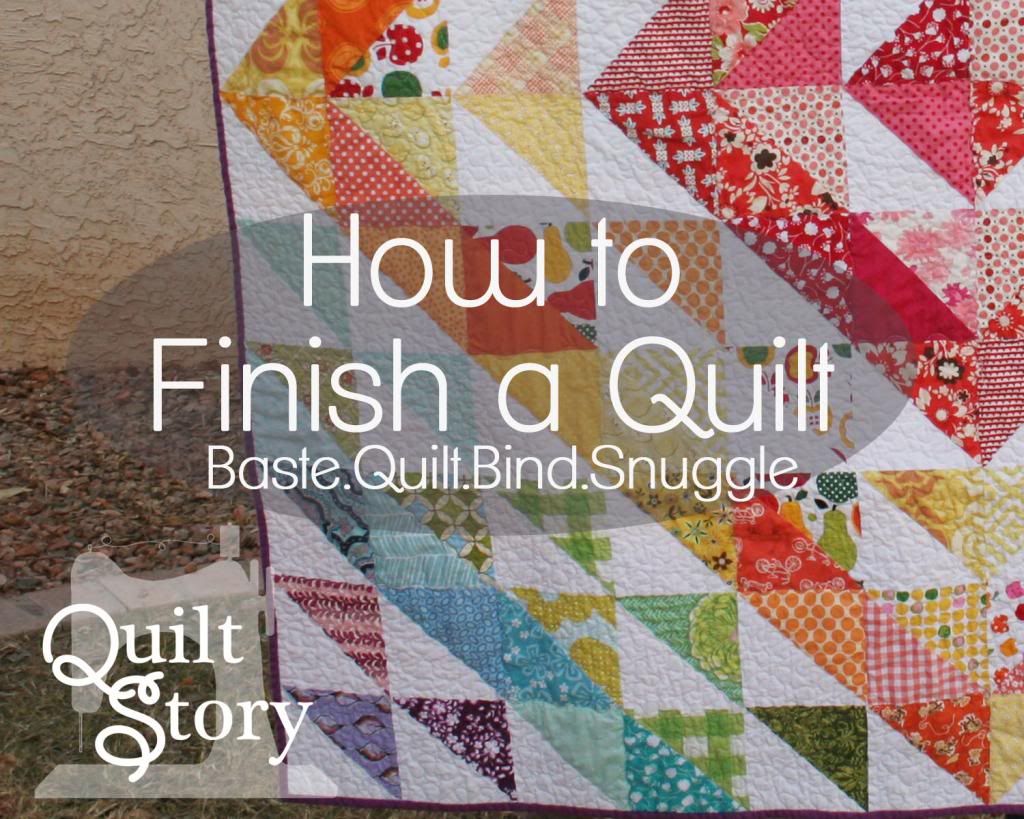

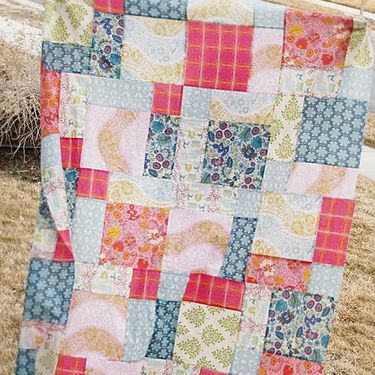

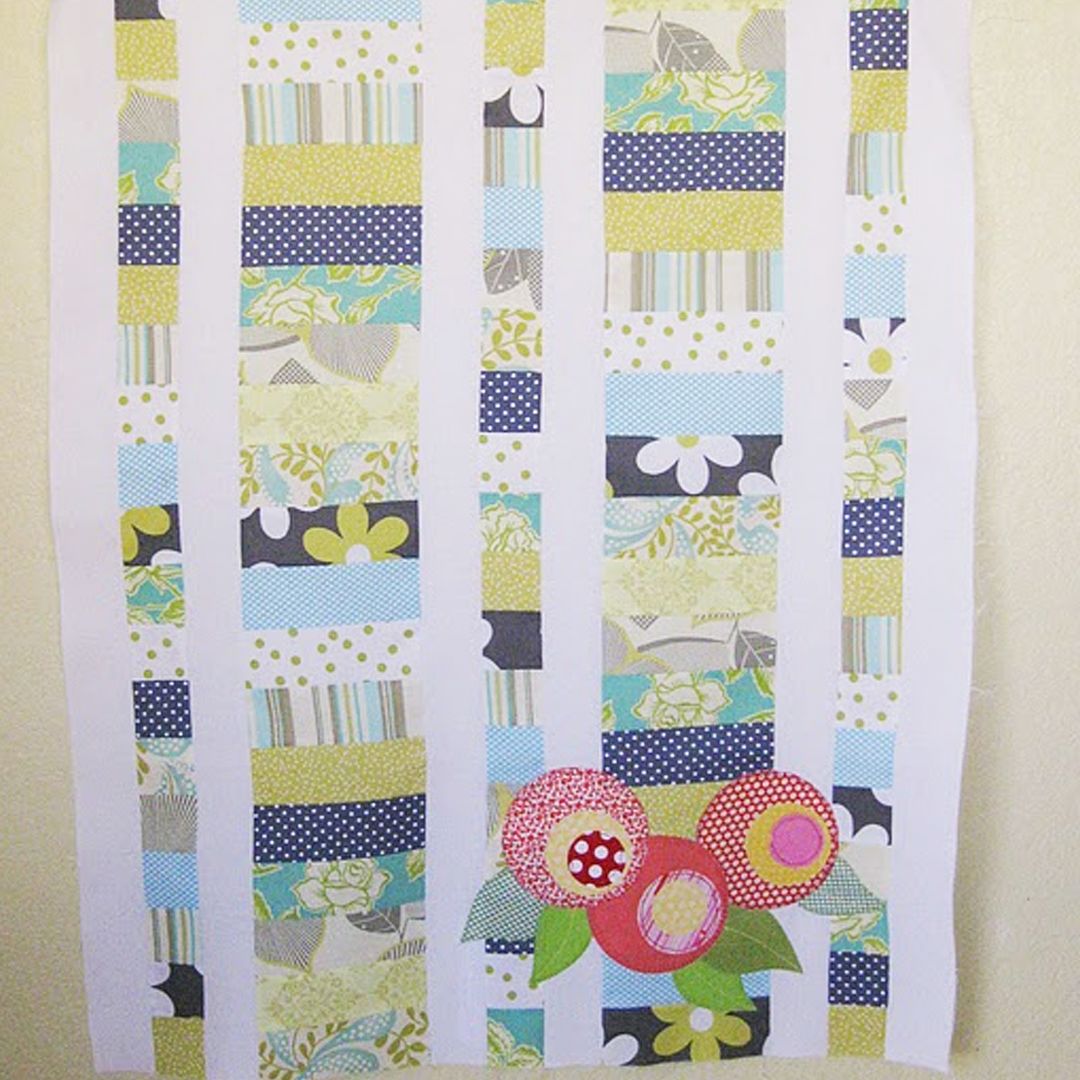

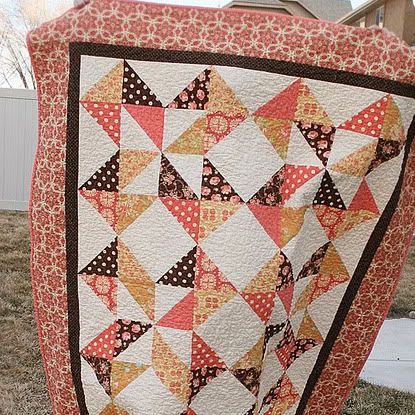
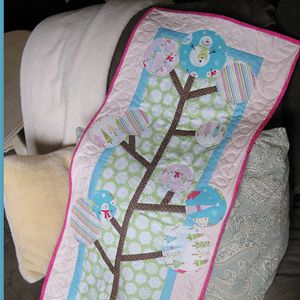
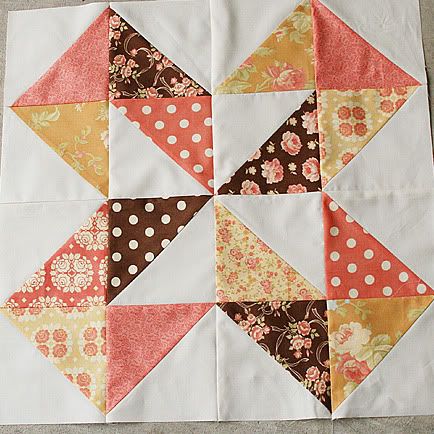
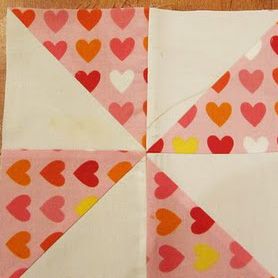

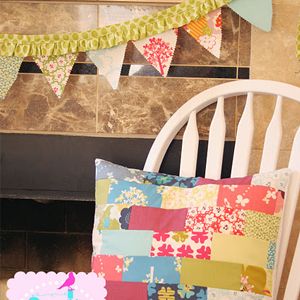
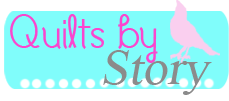








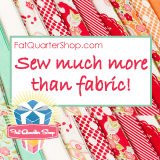




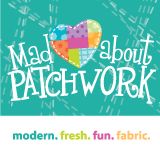
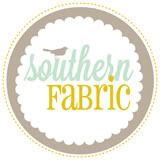




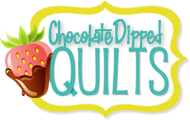


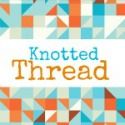


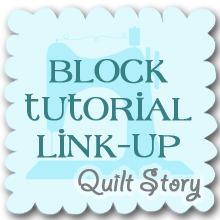
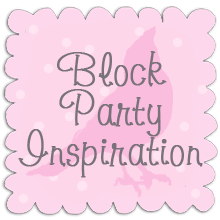



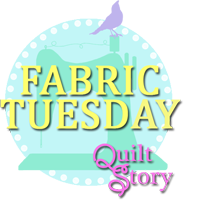
27 comments:
I've found that pressing helps a lot. First I press the binding "out" on the front side of the quilt. Then I flip the quilt over and press the binding down, making sure it's covering the stitches where I sewed the binding down on the front. It's not a perfect method, but it helps.
Also, next time you could sew the binding to the back of the quilt and then sitch it down on the front. You don't need to worry about the stitches staying in the ditch, because no one looks at the back.
Having said all of that, i still choose to hand bind. :)
Pressing and pinning.
I have tried. And tried. And tried.
I always fall back on hand binding.
But that's okay, I enjoy it. Good way to keep my hands busy while watching tv, sitting in carpool line, or chilling in the driveway watching my boys play some basketball!
Machine stitch it to the front and blind stitch it to the back by hand.
This is how I've been doing mine...works great!
http://quiltinggallery.com/2008/05/15/binding-with-elmers-school-glue/
I have only tried machine sewn binding on small projects like mugrugs and mine ends up inconsistant too. I just saw this post the other day http://chasingcottons.blogspot.com/2011/07/fusible-thread-tutorial-featured.html (mentioned on the bolo heads blog), and I figured I would try it next time. Maybe you might want to give it a try? Or I have also seen some blogger (can't remember who) that put binding on just like bias tape (not sewn to the front first) and while it may not be as sturdy, it would be much easier to sew on straight (IMO). Hope any of that helps... keep us updated if/when you get it worked out.
Like Quiltygirl I do the same pressing routine. I don't mind the little bit of extra overhang... as long as the stitches are straight. I always use lots of water/spray (my iron burns me when I use the steam setting) and iron the heck out of it first. I don't pin it or anything, but go slow, use a walking foot, and stop to check it often.
You might try using a narrower strip for binding this way too. it may make it disasterous though - I'd rather a binding be a tad big in the back than miss the stitching through.
All that being said I've only machine bound mug rugs (on occasion) and one baby size quilt.
on another note, that seam ripper looks amazing!
I have tried a lot to machine stitch binding and it looks like crap every time. Every time. I keep trying though, once you get the secret you must share. But I must agree with you on the seam ripper. I don't have that exact one, but one just like it, my LQS calls it a surgical seam ripper! And, as of yet I haven't accidentaly sliced a hole in something I am ripping! Well, no holes big enough to be deal breakers, that is. I have, however, sliced myself more than a few times, but it's so sharp I usually don't notice until I see blood on my fabric, so be warned!!
I do the pressing thing first....taking care to miter the corners.....here's my BEST TIP.....as you are stitching in the ditch from the front RUN THE TIP OF YOUR POINTER FINGER (LEFT HAND) IN THE DITCH AS YOU SEW...you can actually feel if you are catching the binding or not. I stitch around the whole quilt, corners included this way. Plus I use NO PINS...how wonderful is that.
The fusible thread method did not work for me either. The finger in the ditch thing works like a charm....I also use a walking foot and take my time....all in all much faster than hand sewing.
I completely understand and have made many a bad binding. Over time I've come to do this-when I know the quilt will get a lot of use I machine bind, if not, I hand bind. But I always sew the binding on the back first, and sew it down from the front, as the blogger above says, no one cares if the back matches up! Mitering the corners is also very important, helps a lot. Good luck!
I'd be terrified of ripping something other than stitches with that little beastie!
Oh wow, that looks dangerous! =) I have found a nice ripper with a special handle...for those of us with arthritis....but I've never seen this one before. It looks like it could work wonders and wreak havoc all at the same time. =)
Wow!! I tried the same things and hated it. I'll be ripping it out too and sewing the binding to the back by hand!
I stitch the binding down to the front of the quilt, then flip it to the back and pin it in place from the front. From the front I use an elongated "S" stitch and stitch away. I center the stitch on the seam - I call it stitching in the vicinity of the ditch and do most of my machine quilting this way. It catches the back of the binding just fine and looks decorative from the front. 99% of the quilts I make are for charity and have to stand up to a lot of handling, loving and laundering and I have found this makes for a durable binding finish to the quilt.
I just taught myself this technique this week with improving results as I went along. Here's the link where I learned: http://www.patchworktimes.com/2009/06/05/binding-vide/
And I would say PIN PIN PIN PIN PINPINPINPINPINPIN. I pinned about every inch or less and that helped a lot. And feeling with my fingers where things line up through the quilt helped a lot, too. Good luck!
I have had this exact same situation. Now I prepare the binding as I would for hand-finishing (machine stitch the double-folded binding on, turn to the back, mitre corners, fold the back a bit over the seam, pin closely) , except I use a decorative stitch instead of a straight stitch to do the final machine-stitching with. I run the needle center right along the seam where the binding meets the quilt on the front and, depending on the stitch used, as it moves from side to side, it catches the back edge of the binding nicely. Then if there is any variance in where the binding fold meets the backing, it is not noticeable. The decorative stitch finish is strong and lasting, and it adds an attractive finishing touch to the quilt. I will never be perfectly precise enough to straight-stitch the back accurately from the front; this is my way of compensating.
I, too, have experience limited success when sewing down the binding by machine. I still try it on small projects, but most of the time I just hand-stitch the binding to the back. To make it more durable, I make a tiny knot about every 10th stitch. That way, if something comes unraveled, the whole binding is not going to come off the quilt.
When you do a binding entirely by machine, you're supposed to first sew it to the back, and then top stitch on the FRONT. That way you know that you have a nice, even stitch. So it's the opposite of how you would do it when hand stitching.
The glue is an idea that I have wanted to try. Sharon Schambers has a tutorial on youtube for this. It's excellent!
I hear do it to the back first and then the front last. I have done both ways,they both work. Back to the front is a little easier.
I think the MOST IMPORTANT thing to take away:
Make sure when folding over to topstitch you place your fabric RIGHT ON TOP of the stitches you made when you ATTACHED the binding (back to front or front to back)
DO NOT move your fabric past the line of stitching. GO SLOW!! That is key as well.
I learned this from Pat Sloan and it WORKS SO WELL!!!
Here is her tute:
http://patsloan.typepad.com/quiltershome/pat-sloan-machine-binding-tutorial.html
I'm a big fan of the method you are using. I did not like the results when sewing the back first and stitching it down on the front of the quilt.
Practice has improved my success at not missing the binding on the back. I pin pretty well and also cut my binding a little wider than I would if I were handsewing it.
Good luck!
I love machine binding quilts because it looks nice and saves SO much time. I used to hate binding quilts, but now it has become my favorite part of the process!!
Others here say PIN PIN, I say only pin corners ahead of time. In my experience, the binding is much smoother without pins.
On my blog I have posted a tutorial on how I do it. http://busyhandsquilts.blogspot.com/2011/05/tutorial-machine-sewn-double-fold.html This works like a charm, and rarely does it miss on the back. Part of the secret is getting the width of the binding strip to correctly match the width of the seam that attaches it to the quilt. You may have to play with strips that are 2" wide up to 2-3/8" wide.
i was just thinking that i needed a new seem ripper!!! this is a perfect recommendation
Oh dear I must find one those goodies.
Now have you ever done the faux binding? Here's a tutorial (not mine).
That ripper looks LETHAL! I'd be afraid of cutting the fabric but getting the stitches out fast would be awesome!
I have used the glue method by Sharon Schamber (is that her name?) quite a few times. I LOVE IT and stock up on glue at this time of year (CHEAP!!). But using that method I always hand stitch the back.
When I do want to machine stitch the binding I put it on the back first, wrap it to the front and do a very nice stitch on the front and the back stitch then is NOT on the binding but along side of it. If the thread is a close match and there are lots of quilting lines anyway it looks just great! I use that on baby quilts all the time now for added durability.
I just always hand sew the binding because of exactly what happened to you!
I did the whole binding by machine on the last quilt I did and pressing and pinning worked for me. I just made sure with each pin that it lined up properly front and back. Pressing it first held it in place pretty well while I pinned.
wow - that sure looks like a castrating knife to me... we use them on the farm and yes, they are sure sharp! I wonder if the (unused, clean) farm tools will double as seam rippers in a pinch!
I forgot the links .. sorry.
http://web.me.com/terrychilko/VeryTerry/MagicStripBinding.html
and
http://tlcstitches.blogspot.com/2010/07/faux-piped-binding-tutorial.html
Post a Comment